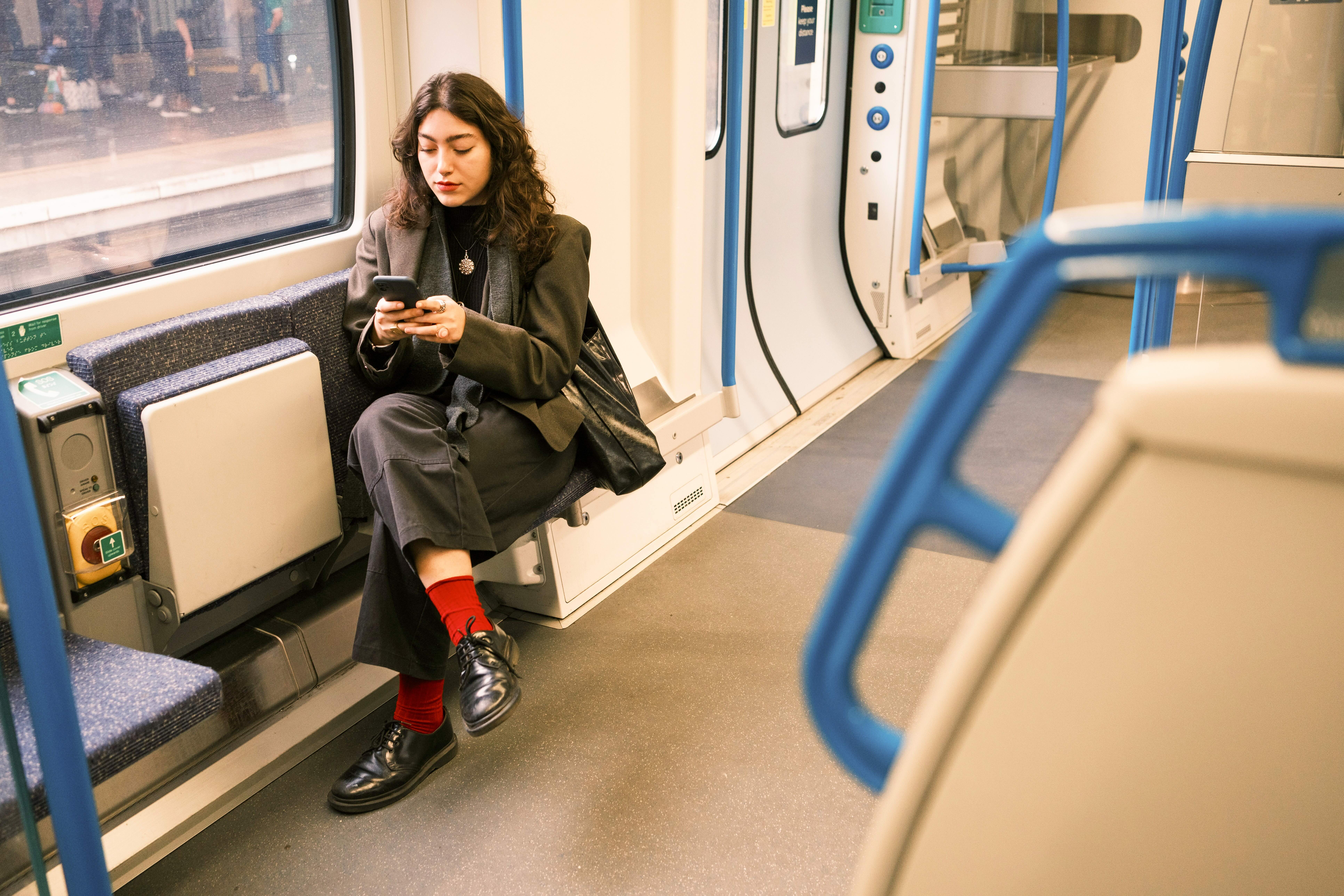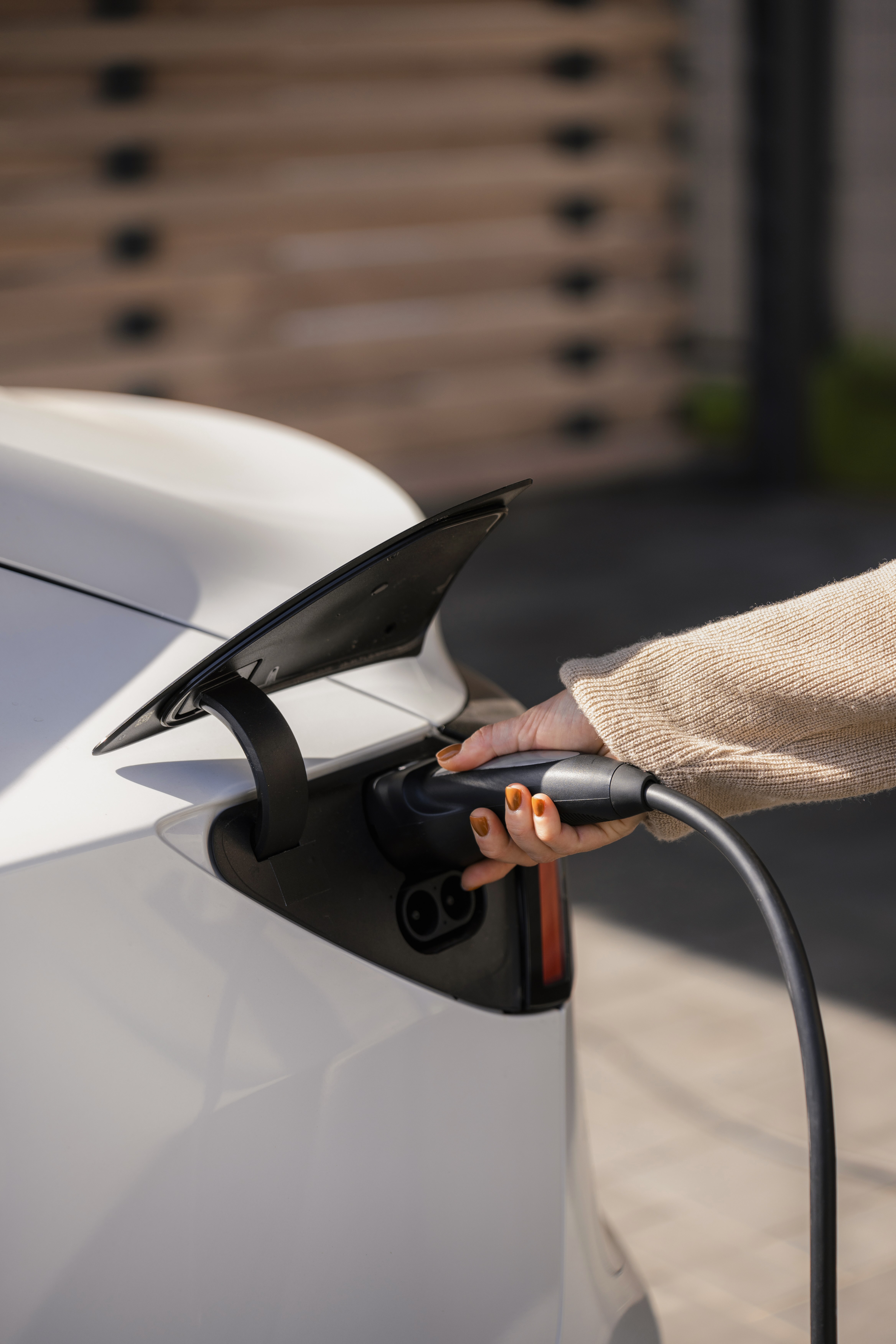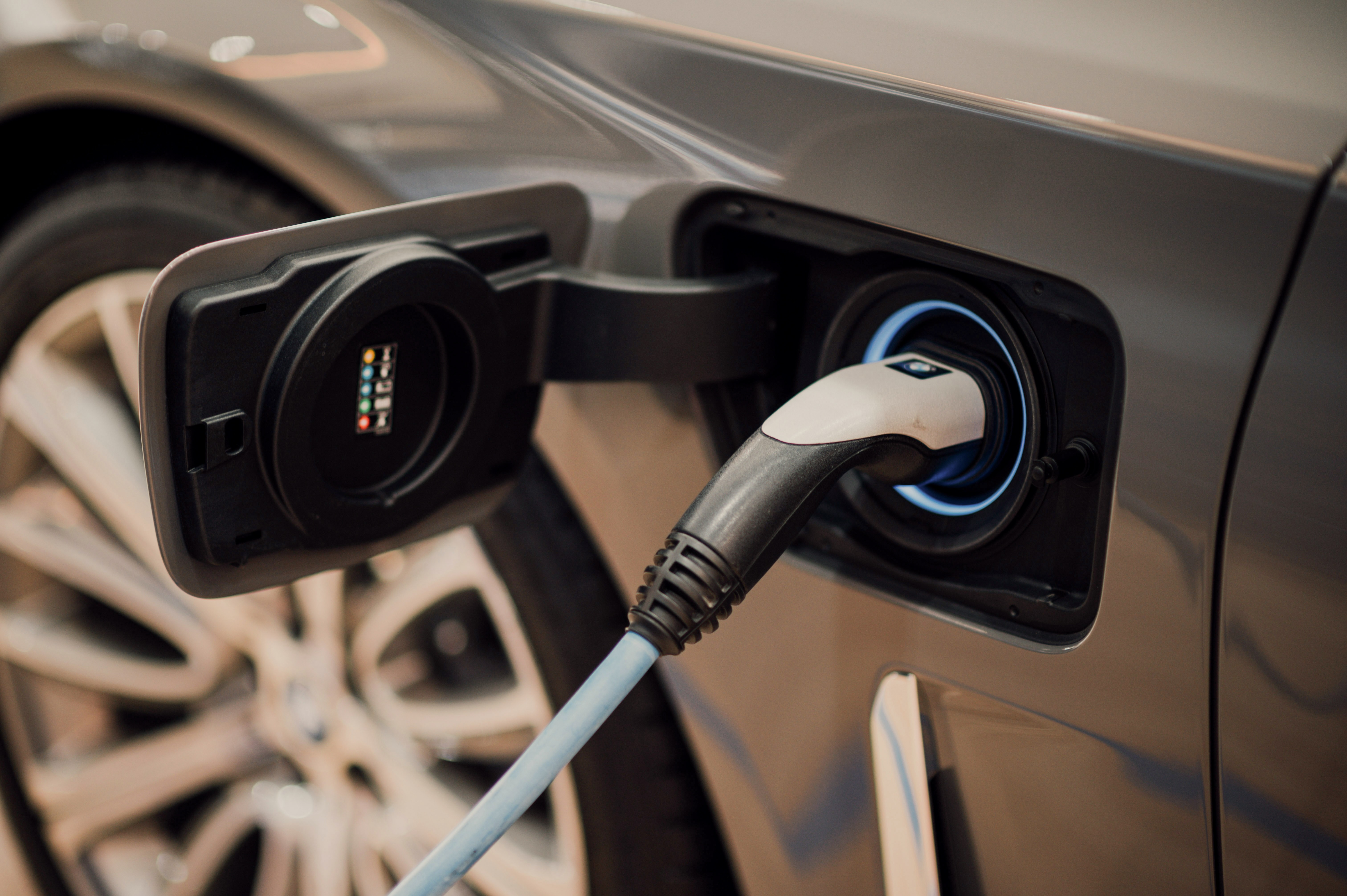Understanding mobility schemes
An overview of benefits that support employees' purchasing power and encourage the transition to more sustainable mobility.

More than 1,000 companies have proven themselves alongside us.




.svg)

of companies' CO2 emissions are linked to business travel (business trips and commuting).




Between regulatory constraints and HR opportunities...
Since the Mobility Orientation Act came into force, companies with over 50 employees have been obliged to include a discussion on improving their employees' daily mobility in their annual negotiations.
A regulatory constraint, to be sure, but above all a tremendous opportunity to rethink usage and build a mobility policy that promotes impact and well-being.
Numerous schemes exist to support employers in their responsibilities: reimbursement of public transport costs, sustainable mobility package, mobility credit... Let's take a look at the employee benefits of mobility.
Home-work mobility schemes
Reimbursement of public transport costs

The + with Worklife
Pay for your transport passes directly with the card, or get a refund in less than 5 days for passes not payable by card.
Available soon!
Sustainable Commuting

The + with Worklife
Customize your benefit with your own rules, automate receipt management and give your employees the freedom to spend wherever legislation allows.
Available soon!
Transport bonus

The + with Worklife
You will be invoiced for expenses actually incurred by your employees.
Available soon!
Home-to-work mileage allowances

Mobility credit

Job mobility schemes
Mobility credit

Business mileage allowance

The + with Worklife
Each employee has a personalized allowance to spend in the merchant network of your choice.
Available soon!
Fuel card

Compare devices
- Bicycles (personal and rental)
- Motorized vehicles (scooters, monoroues, gyropods, etc.)
- Carpooling (driver or passenger)
- Self-service bicycles, scooters and scooters
- Low-emission car-sharing services
- Public transport (excluding season tickets)
- 600 per year per employee (after deduction of the transport allowance if combined with the latter)
- 900 per year per employee, after deduction of public transport costs
- 300 per year per employee for fuel costs
- 600 per year per employee for the cost of powering electric, plug-in hybrid or hydrogen-powered vehicles
- 7.40 for meals at the workplace due to specific organizational conditions or working hours
- 10.30 € allowance for meals away from company premises
- 21.10 if the meal is taken in a restaurant (e.g. business meal)
How do you choose the right
device?
The choice of the solution(s) to be implemented depends on a number of criteria, including the size of the company, its location, the space and budget available, its objectives, the profile of its employees, etc.
Reimbursement of public transport costs over and above the compulsory portion

This system is particularly well suited to companies:

Located in urban areas with a dense, accessible transport network

To promote collective mobility
and thus reduce the carbon footprint of commuting

Wishing to go beyond compulsory legal coverage
to further support their employees' purchasing power.
Sustainable Commuting

This system is particularly well suited to companies:

Committed to CSR
and to encourage more sustainable modes of transport.

Based in urban or suburban areas,
where bicycles, scooters, car-sharing, etc. are relevant alternatives to the car.

With employees working odd hours,
for whom public transport is not always available.
Transport bonus

This system is particularly well suited to companies:

Located in areas not easily accessible by public transport,
where the car remains indispensable.

With employees working odd hours,
for whom public transport is not always available.

Wishing to provide tangible support for their employees' purchasing power
by contributing to their fuel or recharging costs
Home-to-work mileage allowances

This system is particularly well suited to companies:

Located in rural areas or with poor public transport links,
where the car remains indispensable

With employees who work odd hours or telecommute,
for whom public transport passes are not always suitable.

Wishing to support their employees beyond the transport allowance
by covering all actual expenses (over and above the €300/€600 transport bonus ceilings)
Mobility credit

This system is particularly well suited to companies:

Offering company cars,
but wishing to offer a more flexible and responsible alternative.

Wishing to reduce their vehicle fleet and the costs it entails
while maintaining an attractive benefit for their employees.
Business mileage allowance

This system is particularly well suited to companies:

Employees using their own vehicles
for frequent business trips.

They are keen to compensate their employees for the costs they incur.
Fuel card

This system is particularly well suited to companies:

Owning a fleet of company vehicles.

To simplify administrative and accounting management
fuel and refuelling costs.

Looking for precise, centralized tracking of their mobility-related expenses.


Frequently asked questions
Yes, and it's even recommended! An effective mobility policy often relies on several complementary levers: public transport reimbursement, sustainable mobility package (FMD), transport bonus, mobility credit, etc. The important thing is to find the right balance according to the profiles of your employees and your objectives (CSR, attractiveness, purchasing power...). The important thing is to find the right balance according to your employees' profiles and your objectives (CSR, attractiveness, purchasing power, etc.).
In addition, the same employee can also combine certain tax-exempt schemes. The legally authorized combinations are :
- reimbursement of public transport costs and sustainable mobility package
- transport bonus and sustainable mobility package
- transport bonus and home-to-work mileage allowance
The fuel card and the mileage allowance (IK) do not meet the same needs.
The fuel card is designed for companies with company vehicles. It allows you to centralize all fuel or electric recharging expenses, obtain a single invoice and simplify accounting and budget management, while enabling employees to avoid having to pay in advance.
Kilometric allowances apply to employees who use their personal vehicles for business purposes. They reimburse expenses incurred (wear and tear, fuel, maintenance) according to the tax scale.
In short: the fuel card simplifies fleet management, while IKs compensate for the use of a personal vehicle. Two different, sometimes complementary systems.
Each device has its own rules:
- Public transport: keep a copy of your season ticket.
- Sustainable mobility package: a sworn statement of use of an eligible mode of transport is sufficient, but some companies prefer to keep proof of expenditure.
- Transport bonus: no proof required.
- Kilometric allowances: proof of travel, number of kilometers traveled and vehicle registration document.
- Fuel card: expenses are directly supported by the centralized invoice provided by the card issuer.
The first step is to observe the actual practices of your employees: where do they come from? How do they get around? How often? This initial diagnosis will enable you to understand the needs, obstacles and levers for action specific to your organization.
Then it's time to define your priorities: encourage more sustainable mobility, simplify everyday travel, enhance your appeal or optimize your costs.
From there, you'll be able to draw up a clear plan of action, combining the devices best suited to your objectives and audiences.
And if you want to go further, our expert advisors can help you structure your mobility policy!











.svg)






































